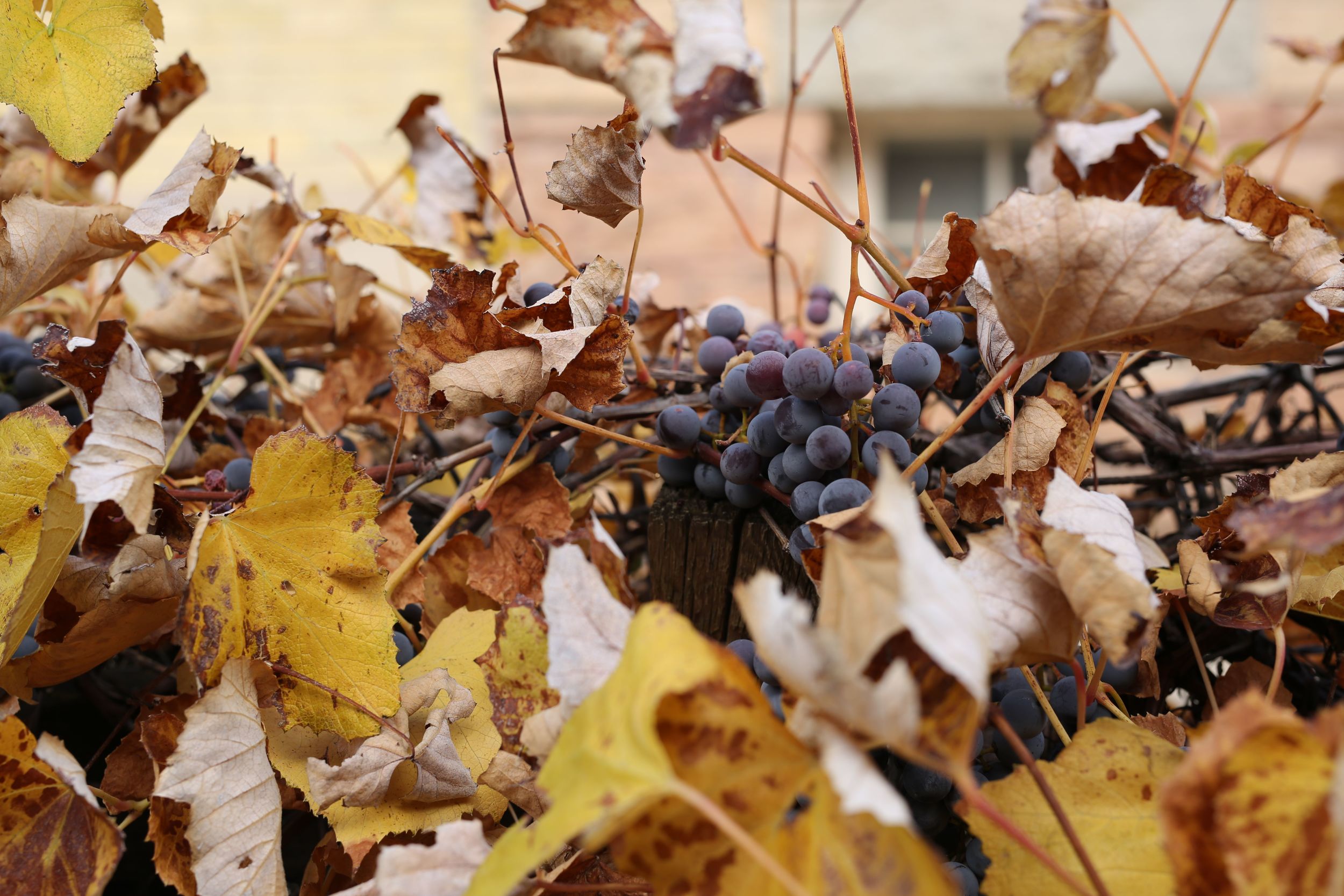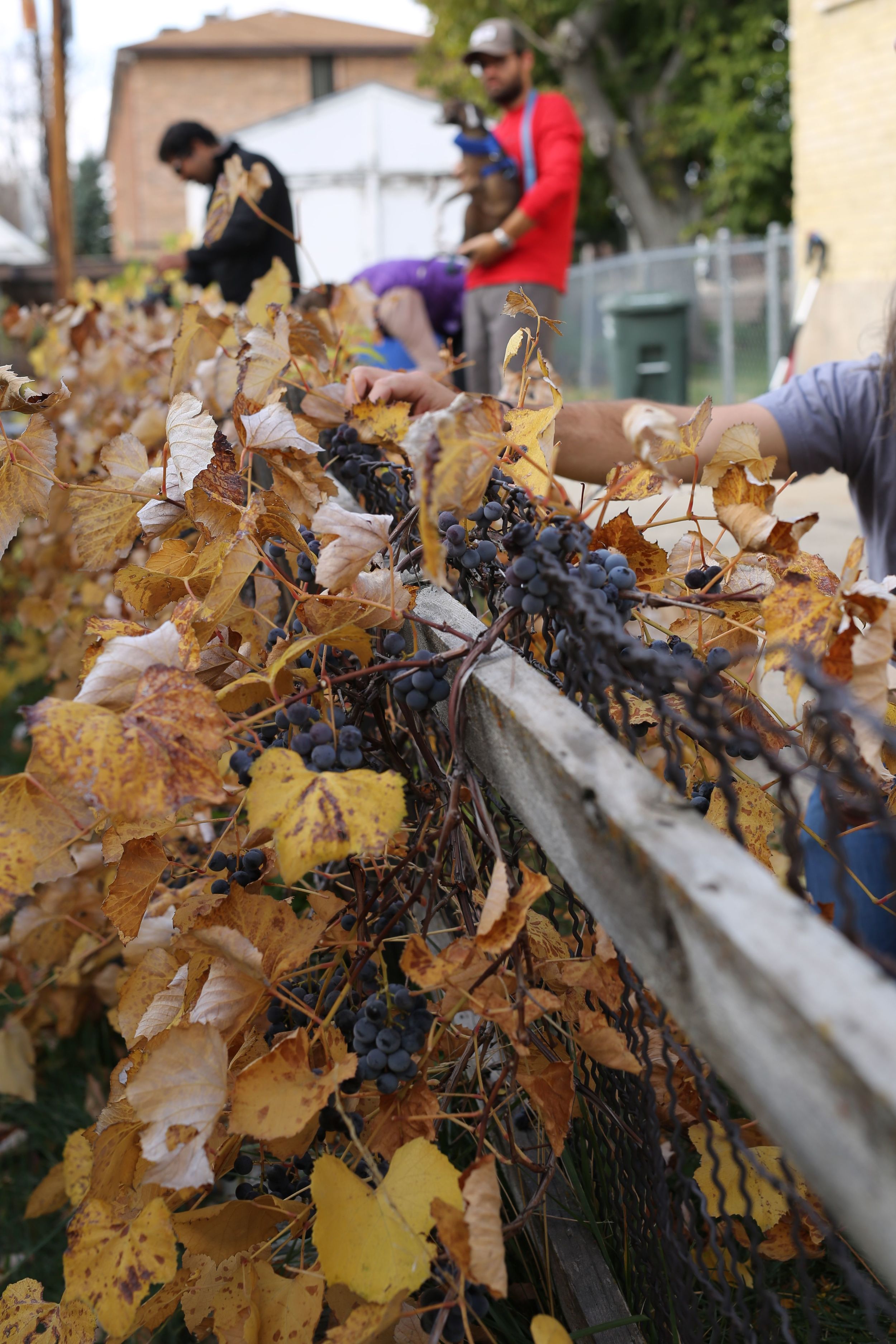This post is short, as is fitting when you find a recipe which is exemplary and needs no embellishment. You can wait to make these in celebration of a winter holiday, but really, what is the point in waiting? If you make the dough in the morning, you can roll and bake them at night and have almost immediate cookie gratification. And then, the next morning, you can crumble one into your muesli because that is one of the pleasures of being a grown up.
Triple-Ginger Snaps
lightly adapted from Miette
Notes: you don't even really need the icing on these (in fact, I almost prefer them without), but they add to the presentation and make for a festive addition to your holiday cookie repertoire. Baking the cookies for 12 minutes instead of 10 will give you a more traditional, snappier texture, though I like the slightly soft texture of the 10-minute cookies.
2 cups unbleached all-purpose flour or gluten-free all-purpose flour
1/2 cup whole wheat flour
1/2 teaspoon kosher salt
2 tablespoons plus 1 teaspoon ground ginger
generous 1/4 teaspoon ground cinnamon
1/8 teaspoon ground cloves
1/8 teaspoon ground nutmeg
scant 1/8 teaspoon ground cardamom
1 cup unsalted butter, at room temperature
3/4 cup lightly packed golden brown sugar
2 tablespoons honey
4 tablespoons molasses
2 teaspoons fresh ginger purée (make by grating fresh ginger root on a microplane)
1/2 cup finely minced candied ginger
PTIONAL: turbinado sugar for sprinkling or royal icing (see recipe below) for decorating
Sift together the flours with the salt and spices, and set aside. In the bowl of a stand mixer fitted with the paddle attachment, beat together the butter and sugar on low speed until fluffy, 4 to 5 minutes. Add the honey, molasses, and fresh ginger purée and mix until fully incorporated.
Add the dry ingredients to the butter mixture in three additions, scraping down the bowl and beating just to combine after each addition, stopping after the last addition when very little of the flour is still visible and the dough is smoother and forming into a mass. Briefly mix in the candied ginger until it is evenly distributed in the dough. Form the dough into a disk, wrap tightly in plastic wrap, and refrigerate for at least 30 minutes or up to 2 days before rolling.
Preheat the oven to 350˚F. Line two baking sheets with parchment paper.
Roll the dough on a lightly floured surface to about 1/4 inch thick. Cut with a 3-inch round or scalloped round cutter and place on baking sheets about 1/2 inch apart. Sprinkle each cookie with turbinado sugar if desired. Bake until deeply browned, 10-12 minutes (I baked mine for 10, and loved the texture). Remove to a wire rack to cool. Decorate with royal icing if desired, and store in airtight containers for up to two weeks.
Royal Icing
adapted from Alton Brown - Makes about 3 cups
3 pasteurized egg whites
1 teaspoon vanilla extract
4 cups powdered sugar
In the bowl of a stand mixer fitted with the paddle attachment, beat the egg whites and vanilla together until frothy. Gradually add the powdered sugar and beat on low speed until the sugar is incorporated and the mixture is shiny. Turn the speed up to high and beat for about 5-7 minutes, or until the mixture forms stiff, glossy peaks. Add food coloring if desired. For immediate use, transfer to a piping bag or plastic squeeze container. Store in an airtight container in the fridge for up to 3 days.
Notes: do not eat too much of the icing on its own; doing so will give you a thorough sugar hangover and you'll need to sit down for a while. This has been the Voice of Experience.
































